This programme focuses on sustainable services for the East Africa Great Lakes Region and aims at highlighting sustainable service design and management as a tool for regional development. It is provided by the department of Service Studies at the Faculty of Social Sciences at Lund University and Entebbe International University in Uganda, with support from the department for commissioned education at Lund University. Meet Caroline Mwebaze, a Senior Hydrologist from the Ministry of Water and Environment in Uganda, currently enrolled in the programme.
Interview with Caroline Mwebaze
Please tell me a little bit about your workplace, the Ministry of Water and Environment in Uganda. What’s the overall goal of the organization, and what do you do in your department?
“Uganda’s natural resource base is one of the richest and most diverse in Africa. People’s livelihoods are inextricably linked to sound natural resource management and both water and land are basic resources for virtually all socio-economic activities. Because of the significance of agriculture to rural livelihoods, water and land are the most important assets for many households. The role of the Ministry of Water and Environment is to ensure ‘Sound management and sustainable utilisation of Water and Environment resources for the betterment of the population of Uganda.’ The Ministry’s mandate is to promote rational and sustainable utilisation, development and effective management of water and environment resources for socio-economic development of the country.
The Directorate of Water Resources Management (DWRM) where I work is responsible for managing and developing water resources of the country in an integrated and sustainable manner for availability of water of adequate quantity and quality for all social and economic needs”.
What attracted you to apply to our programme?
“Uganda is located in a Trans-boundary water system, with the river Nile both as an upstream and downstream state. 98% of the country area is within the Nile Basin and about 70% of the country’s renewable water resources are externally generated. The complexity of managing transboundary water resources, in this context, therefore becomes critical and the need for strengthening regional collaboration is a matter of necessity. The aspects of this programme, that target enhancing regional development, therefore attracted my attention. My career goal is to contribute to improving community livelihoods through maximising benefit from sustainable management of our shared water and environment resources”.
Please describe the relevance of the programme when it comes to your work and what you want to accomplish.
“With rapid population growth and improving living standards, the pressure on Uganda’s water resources is increasing and per capita availability is reducing day by day. Spatial and temporal variability in precipitation is another challenge and the country faces increasing occurrences of floods, landslides and droughts. DWRM undertakes specific area water resources quantity and quality monitoring, develops plans and regulates allocation to different uses to ensure its ability to adequately meet all current and future needs. Further effort is put on helping different stakeholders to comply with the regulations on water use and development to eliminate over exploitation and conflict. This programme has awakened a new perspective to our work to ensure compliance in water use in form of abstraction, waste discharge and to prevent degradation and water related hazards. In this, we are serving the people of Uganda as our clients and the scientific results which are the basis for decisions on water/ecosystem management and development need to be packaged for the client to easily understand and attach value at their different levels in a way that relates well with their ecosystem (life, situations, activities, and needs). DWRM becomes more relevant to such communities and the ultimate goal will be achieved.”
What challenges do you hope to be able to act on after completing the programme?
“Scientific results remain abstract to the lowest level stakeholders, yet they have a big role in the protection of our water resources and sensitive ecosystems because they derive their livelihoods directly from them. I hope to develop a tool that will be used to package scientific results in a way that strengthens the service offering of DWRM from the client’s point of view. The tool will enhance inclusiveness and position communities to demand cooperate action from each other and their leaders from appreciation that the common value they get from protecting ecosystems is much more than their individual benefits. It will focus on our responsibility for their well-being as clients and DWRM as the service provider and custodian of the common good that has to ensure client satisfaction and continued patronage/commitment to protect the water resources and associated ecosystems through value co-creation.”
How do you benefit from the network you are now a part of?
“This programme presents a platform to share approaches, strategies and ideas that address the general water resources management challenge, which is a responsibility of everyone at all levels. Through this network, practical experiences are shared and ways to navigate around complex aspects of sustainable service design are discussed. The programme brings together players from different fields and countries in the region that facilitates learning from the regional successes and challenges. The aspects of possible collaboration are also made easy”.
What are the greatest insights that you brought with you from the programme, so far?
“Appreciation that a public organization or institution like DWRM should view the general public as clients with its service targeting to satisfy their needs. Prior to my involvement in the New Welfare Services programme, I viewed myself as a manager and regulator seeking compliance from the people without necessarily considering their ecosystem or satisfaction from the service of my institution. The programme has changed my perspective from presenting our organization to the public to presenting the public to the organisation, with a focus on satisfying their needs through providing valued service. This approach could be the game changer to achieve adoption by stakeholders and trigger social action against ecosystem degradation”.
At last, how do you see the future in The Great Lakes region? What is your vision?
“The pressure on the Great Lakes region’s water and related resources still remains a big challenge. The frequent recurrence of extreme weather events (floods and droughts) and increasingly erratic rainfall are a big challenge to the management of the region’s water resources. This notwithstanding, platforms like this provided by Lund University and the Swedish Institute, go a long way to tackle the challenge. Together with everybody on the hydrological path, I envisage improved community livelihoods and enhanced resilience to climate change impacts through shared benefits from services and products made available by sustainable management of our water resources”.

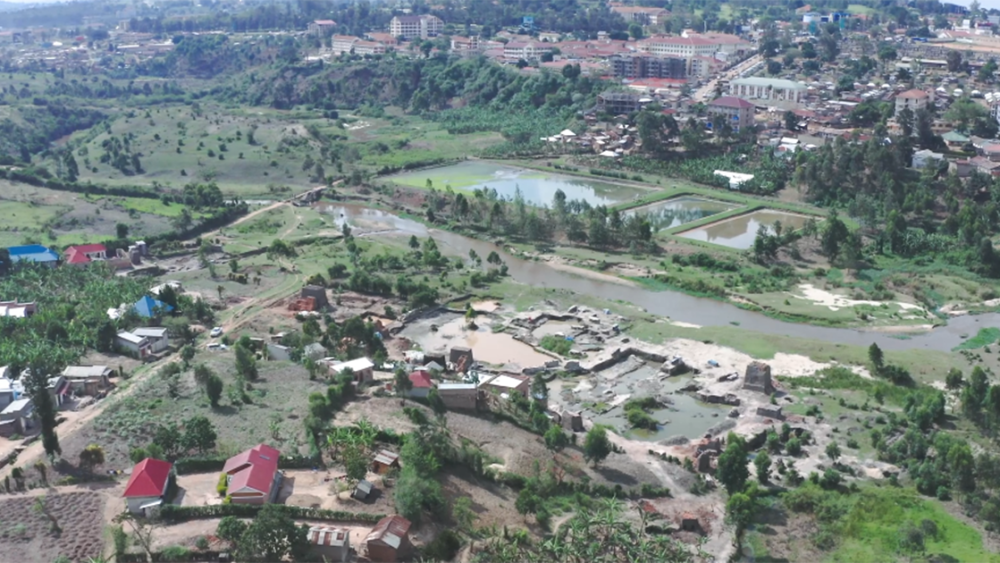

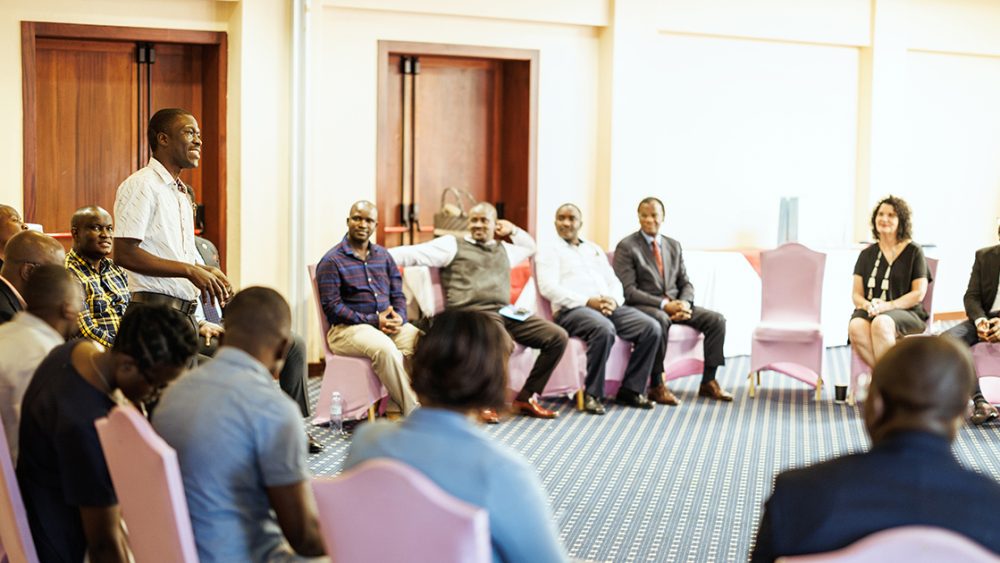
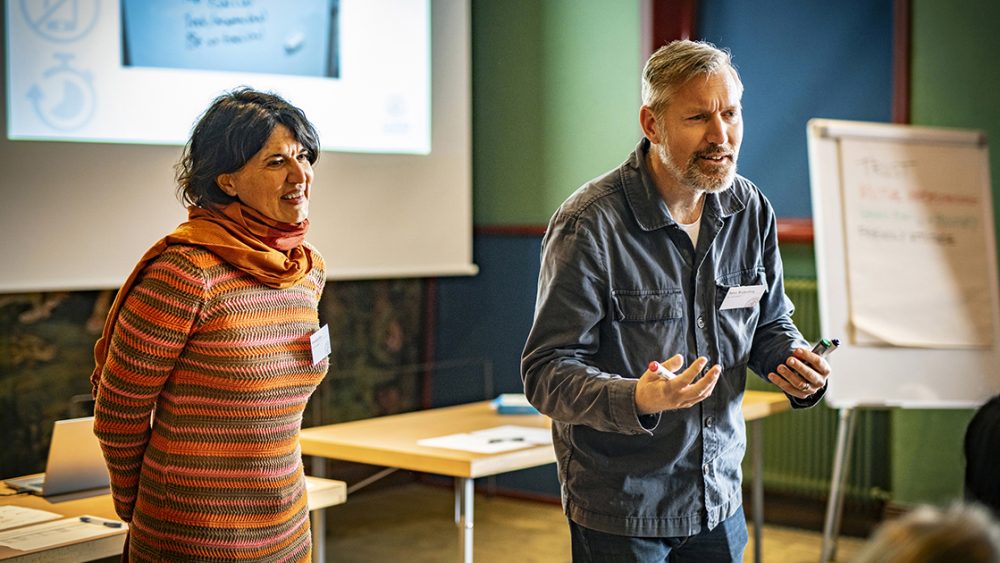
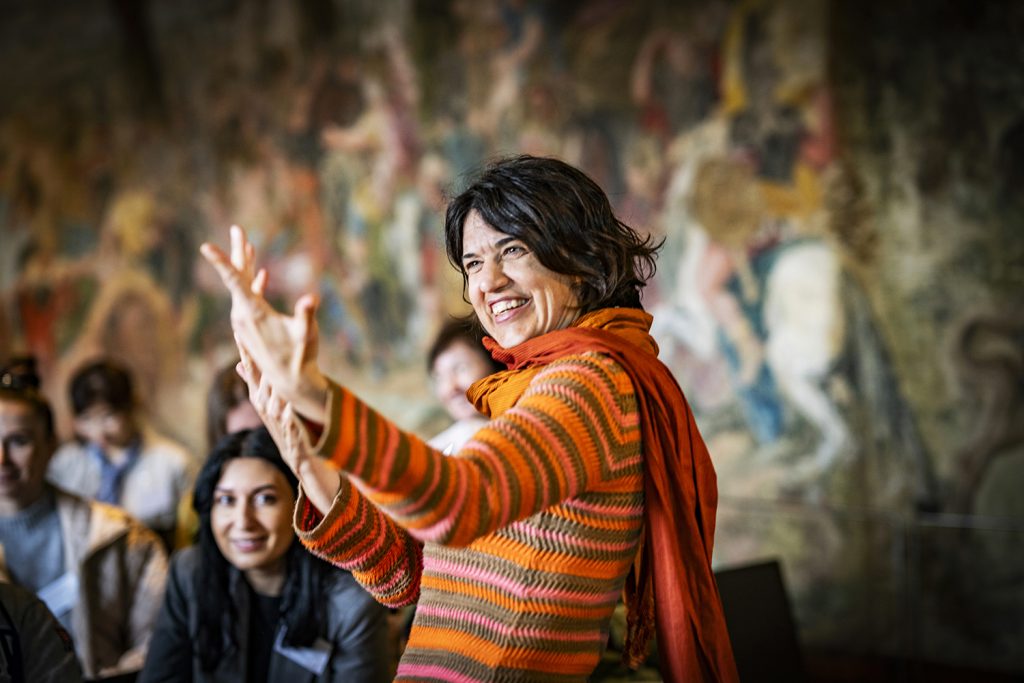
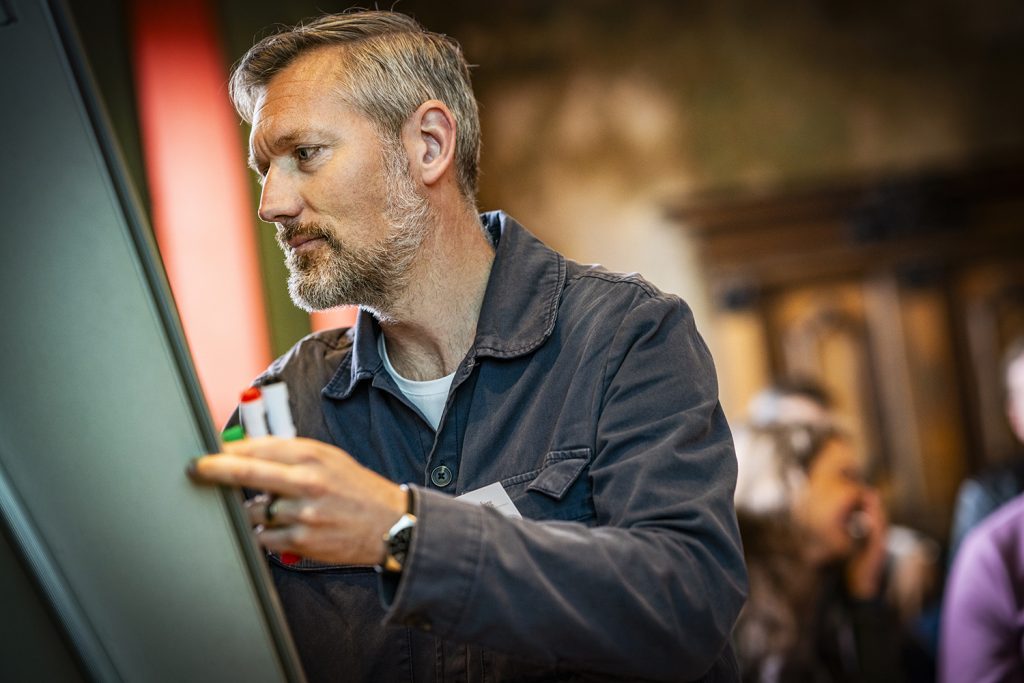
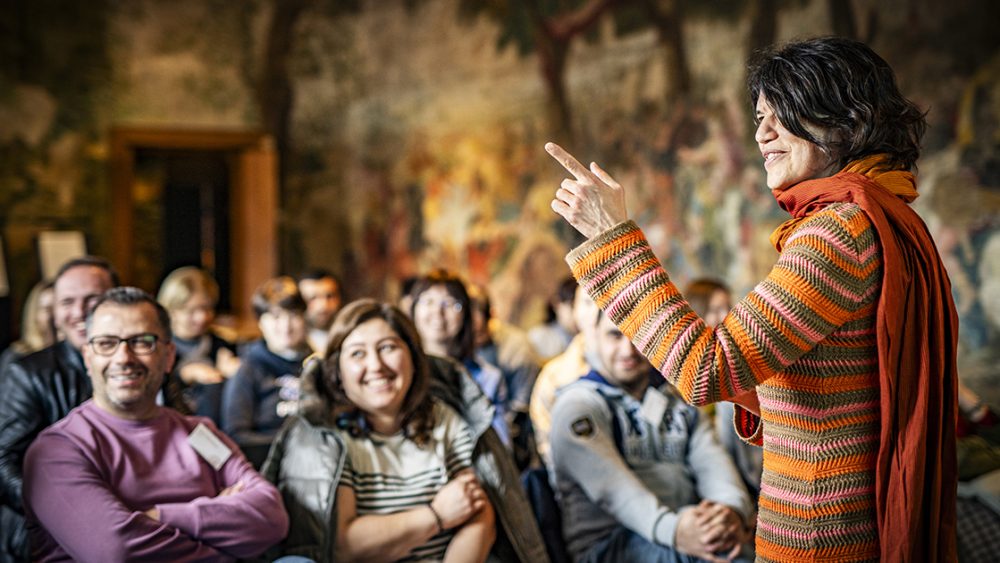
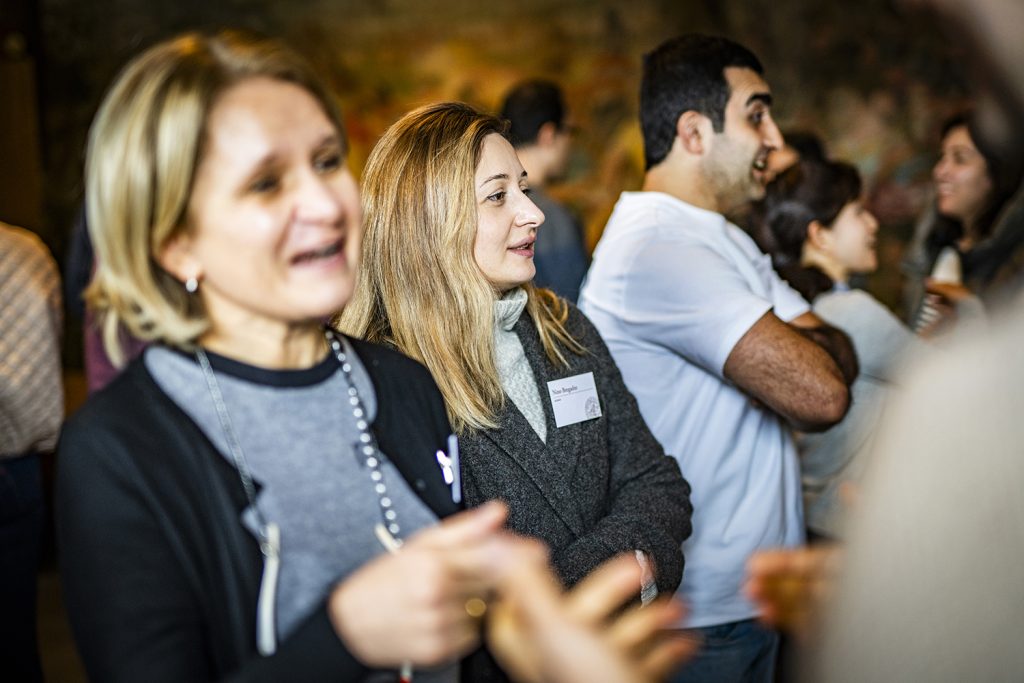
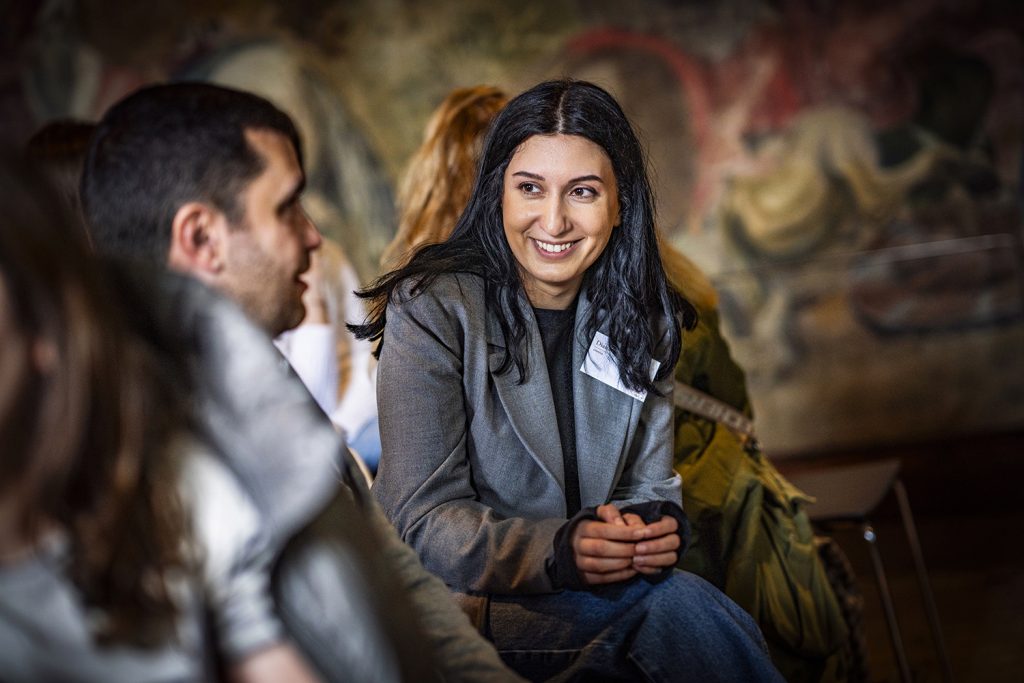
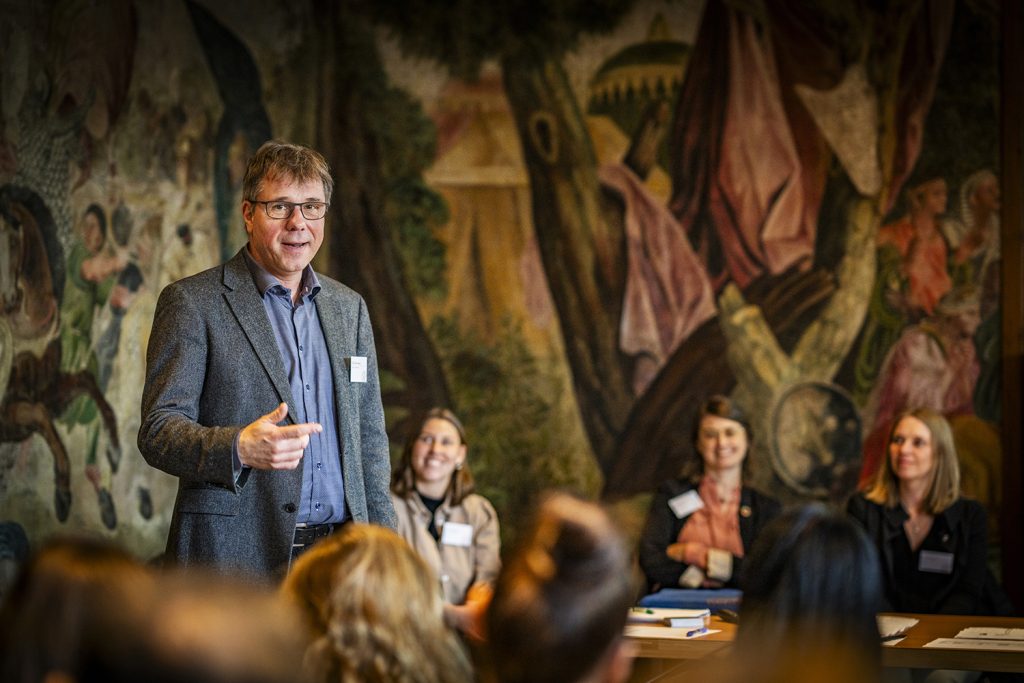
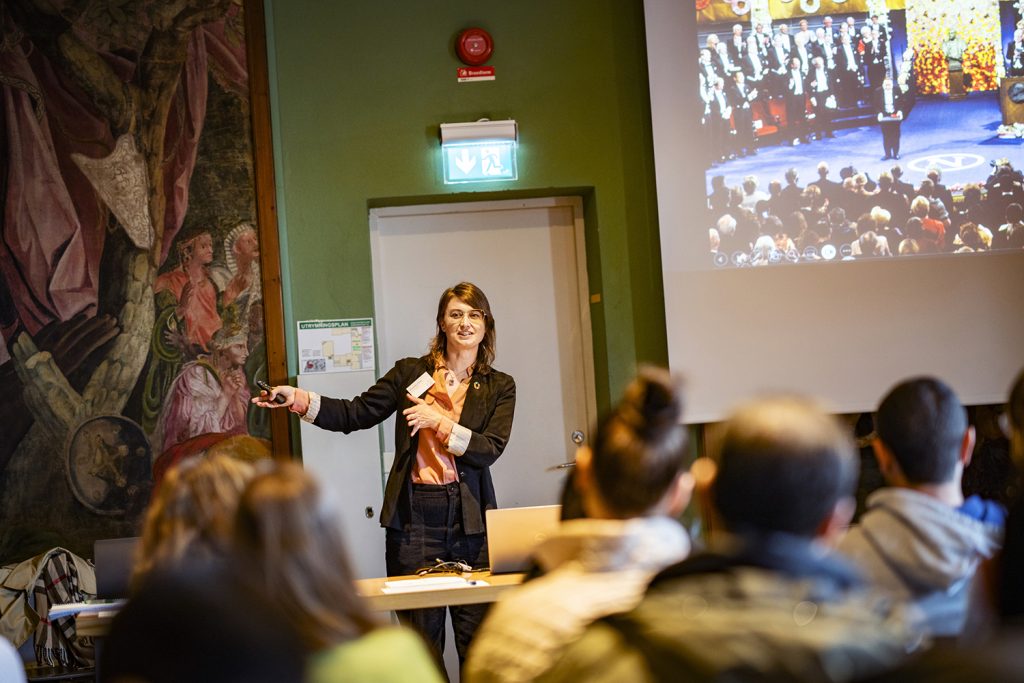
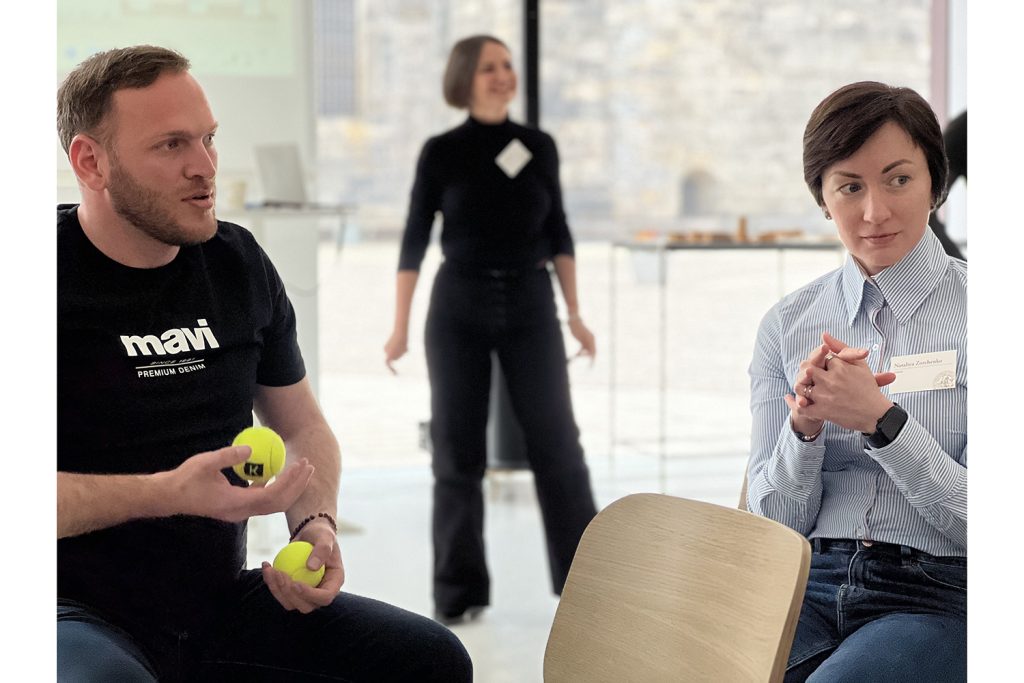
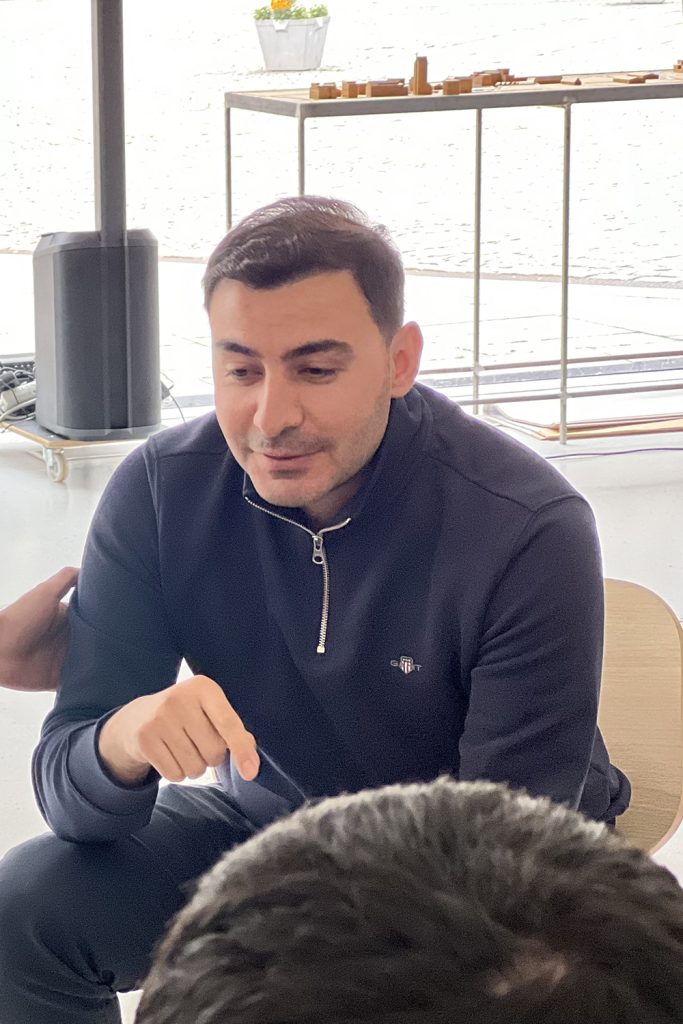
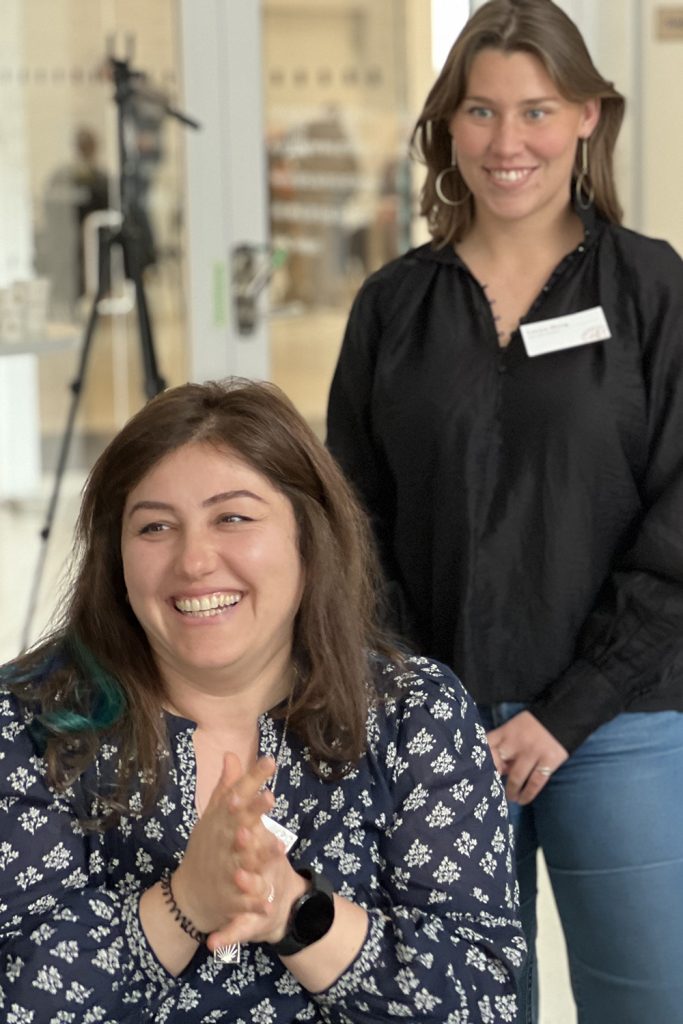
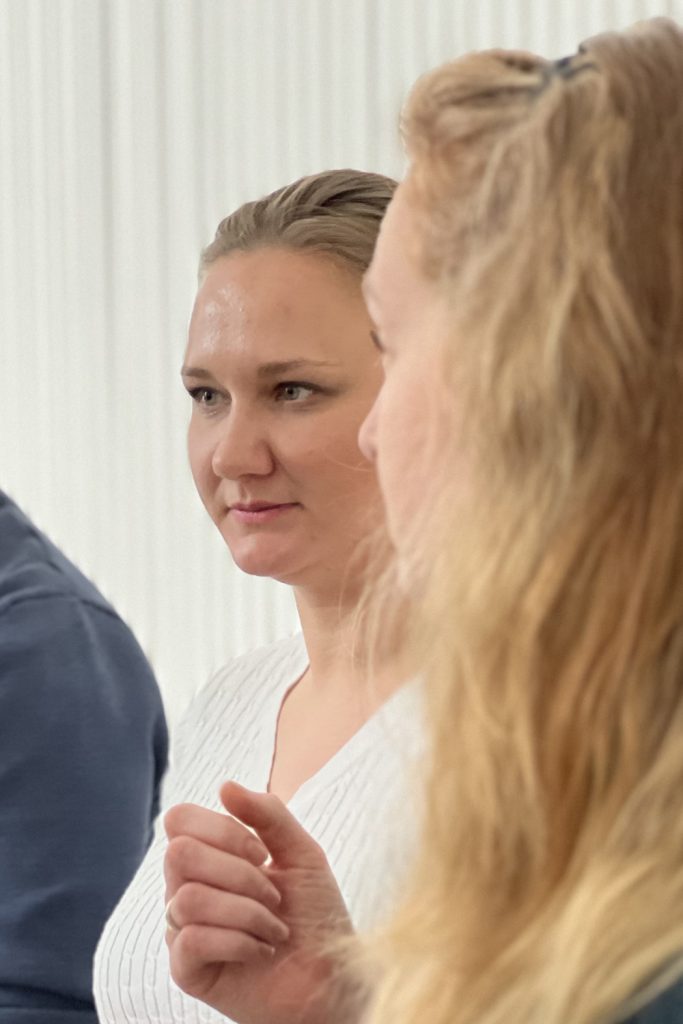
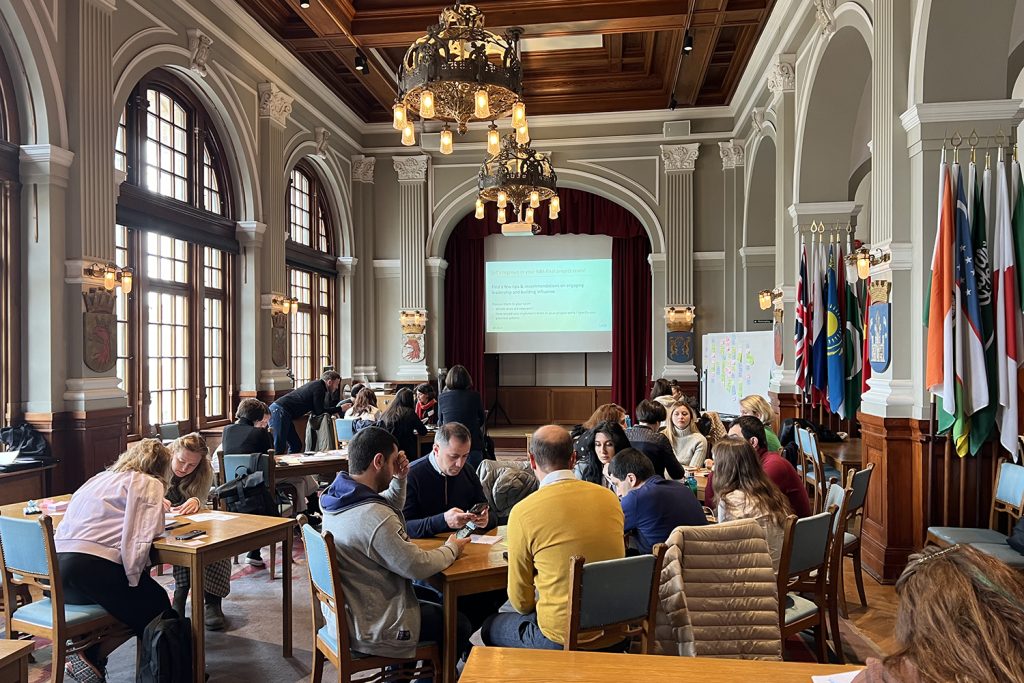
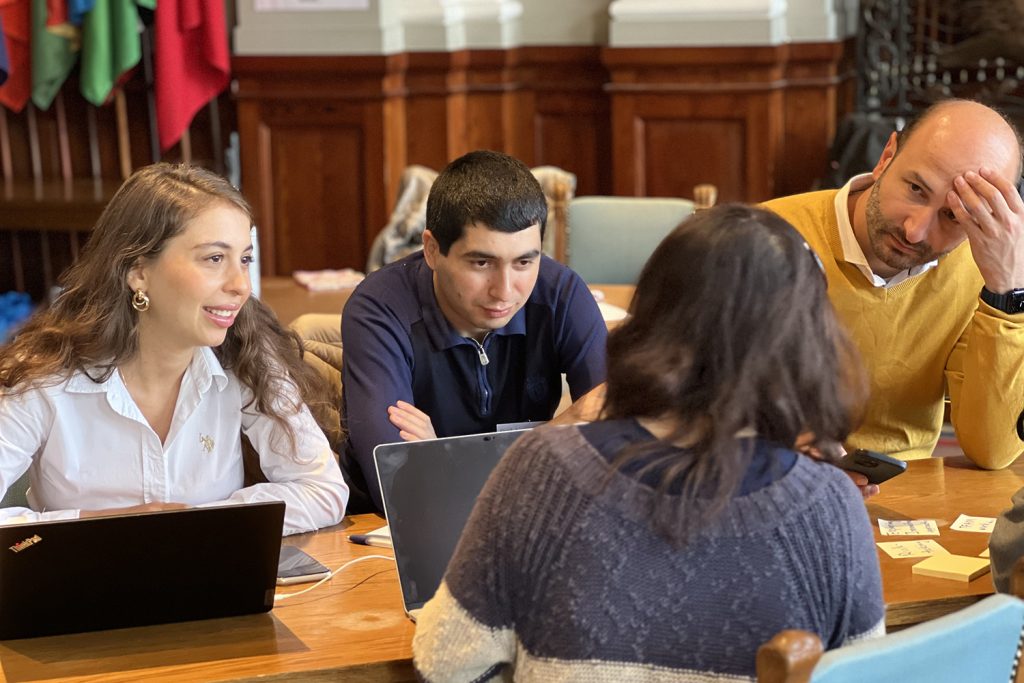
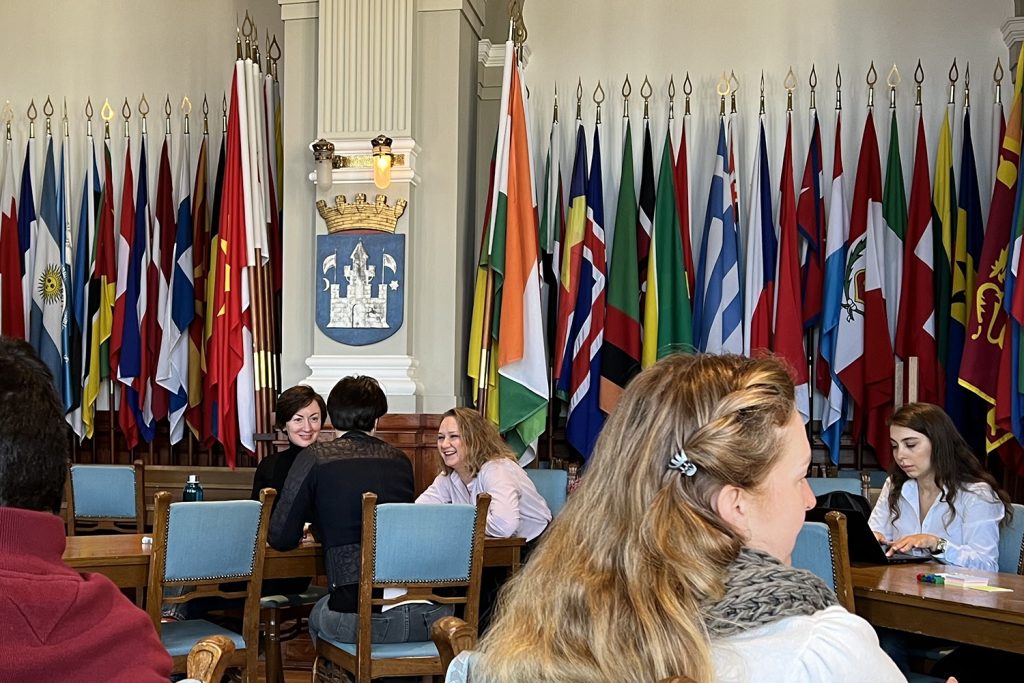
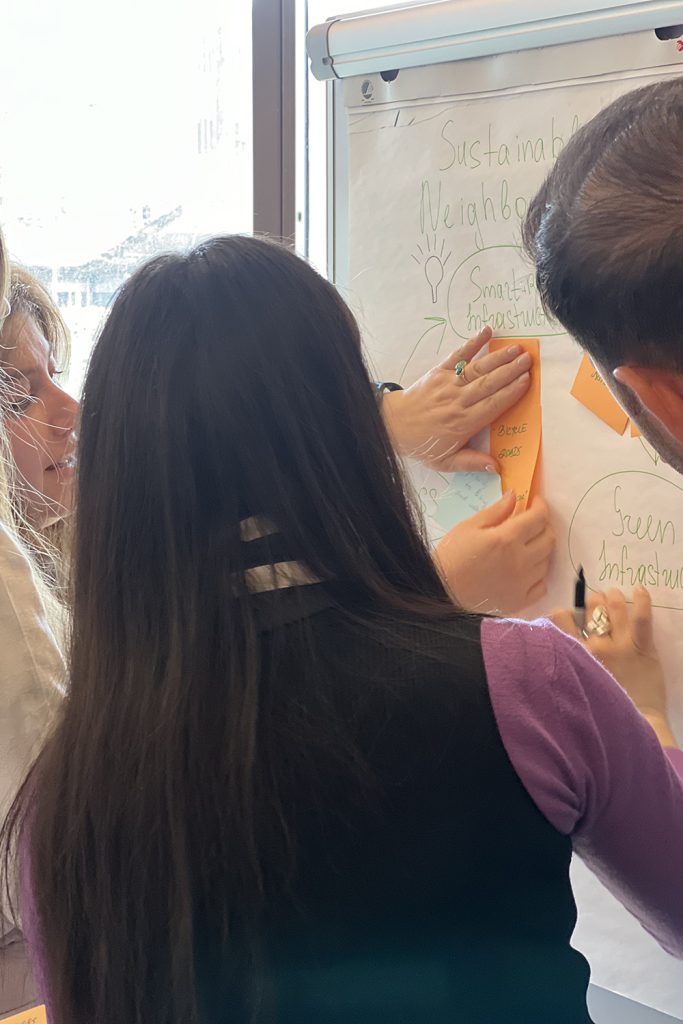
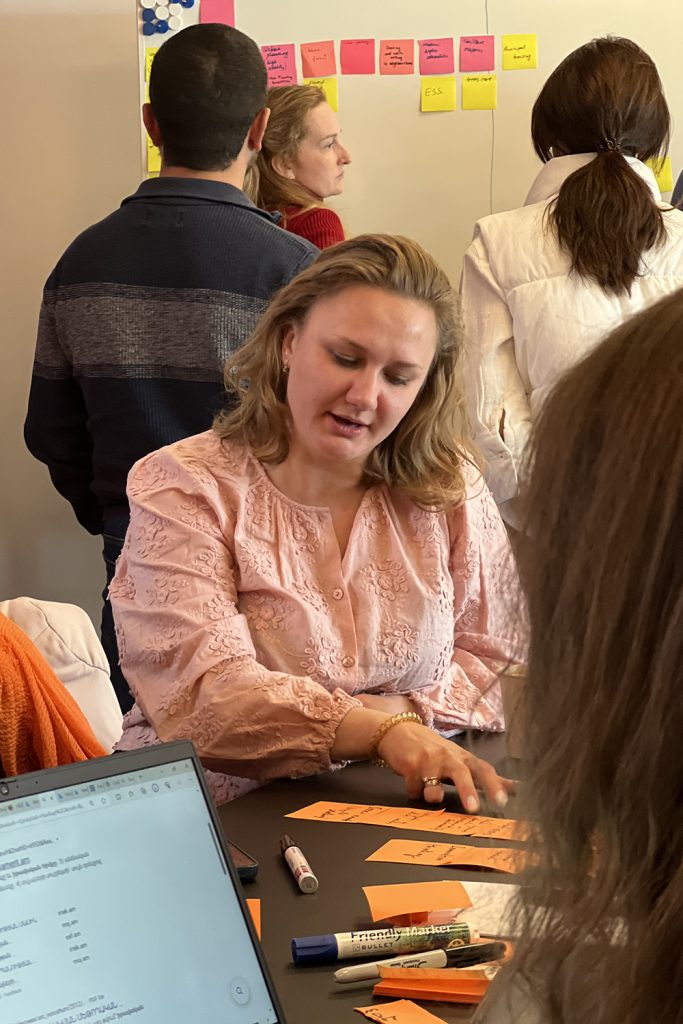
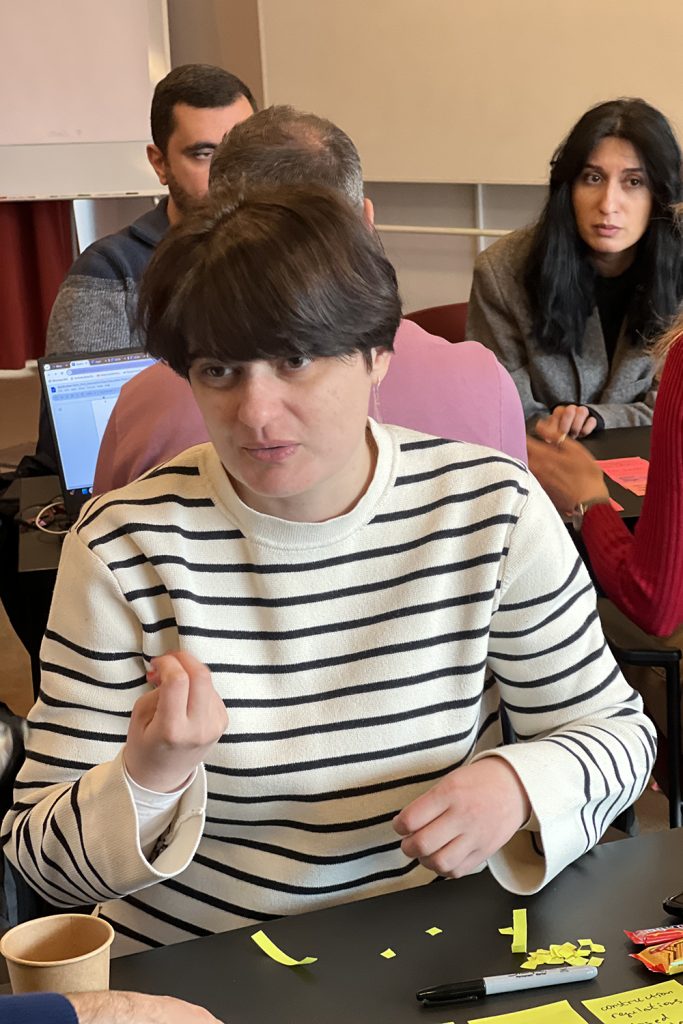
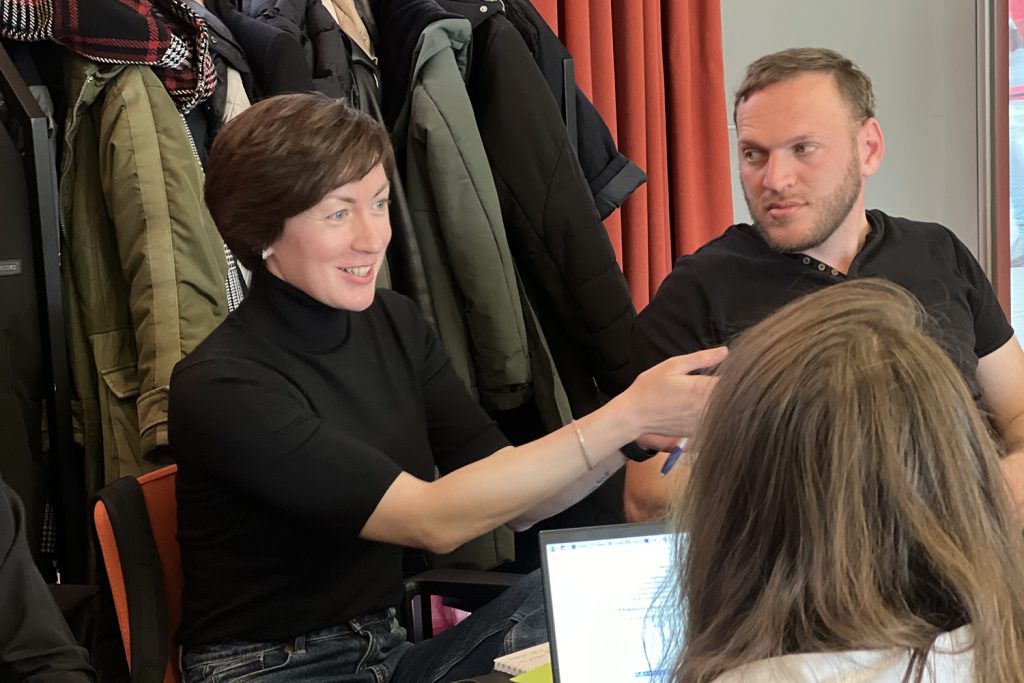
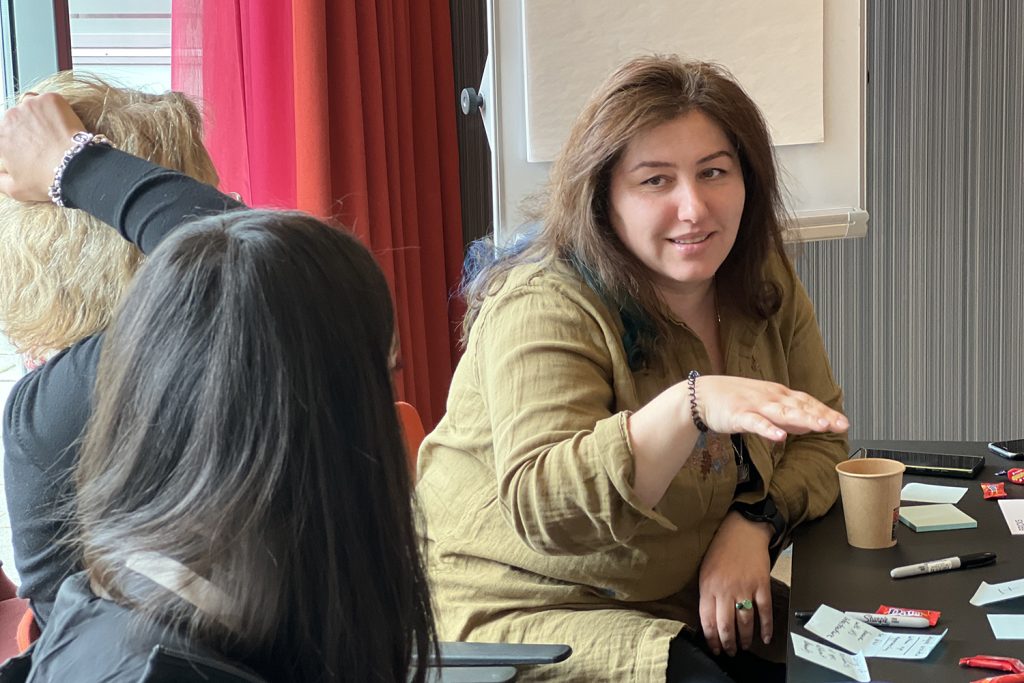
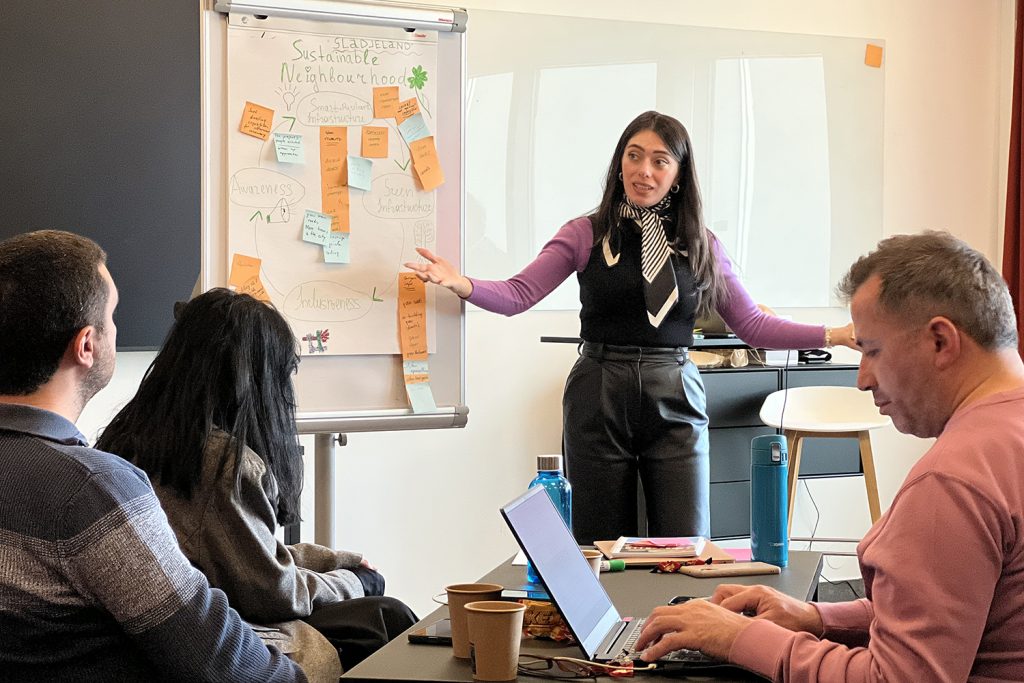
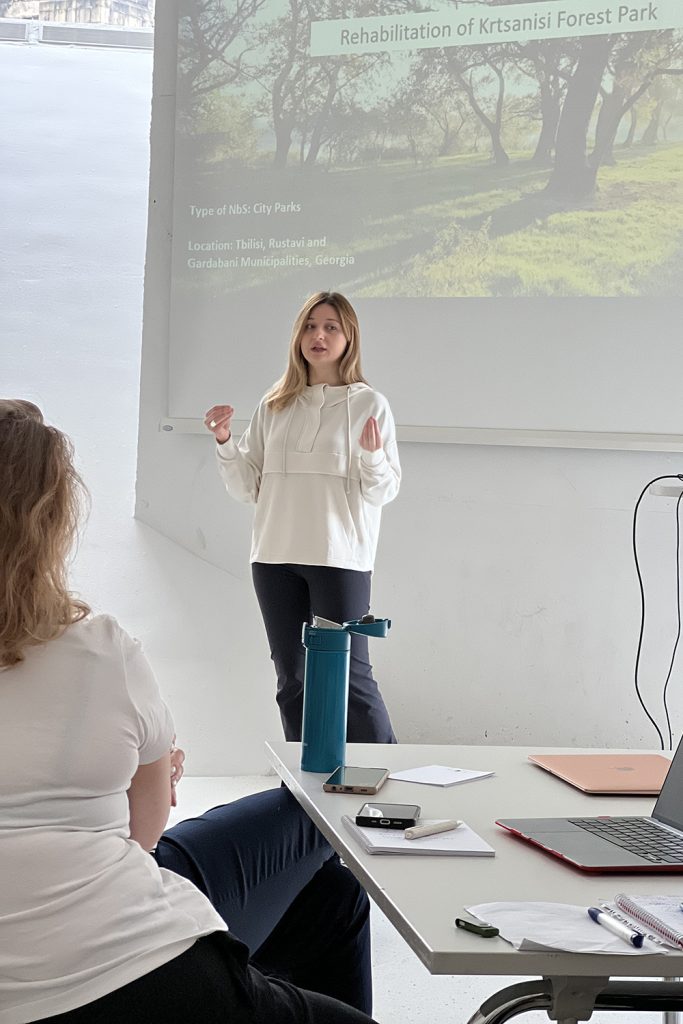
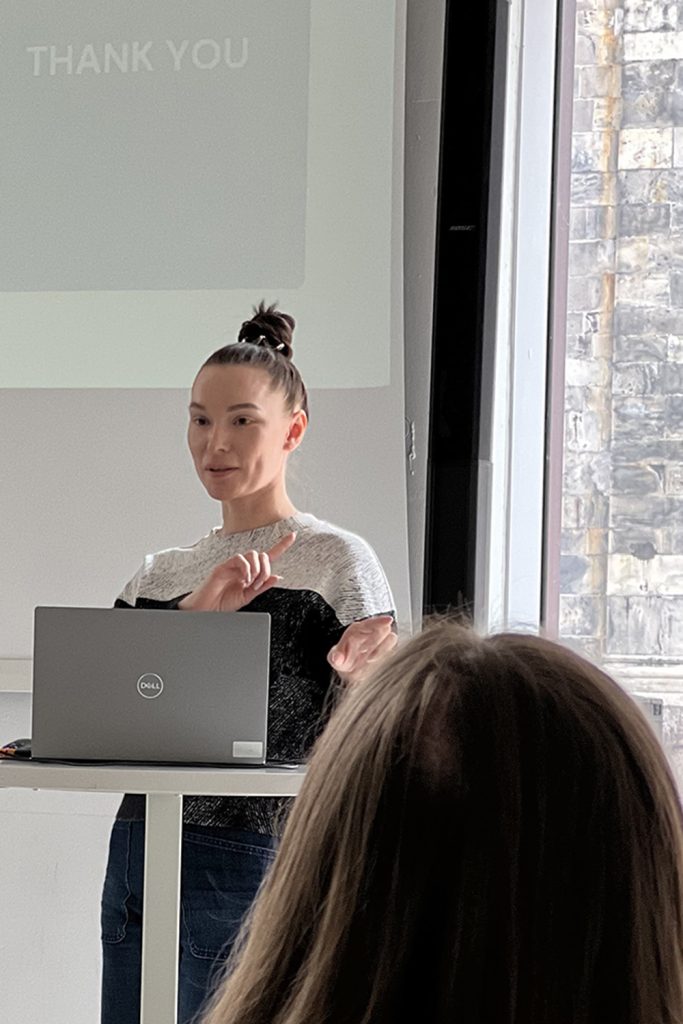
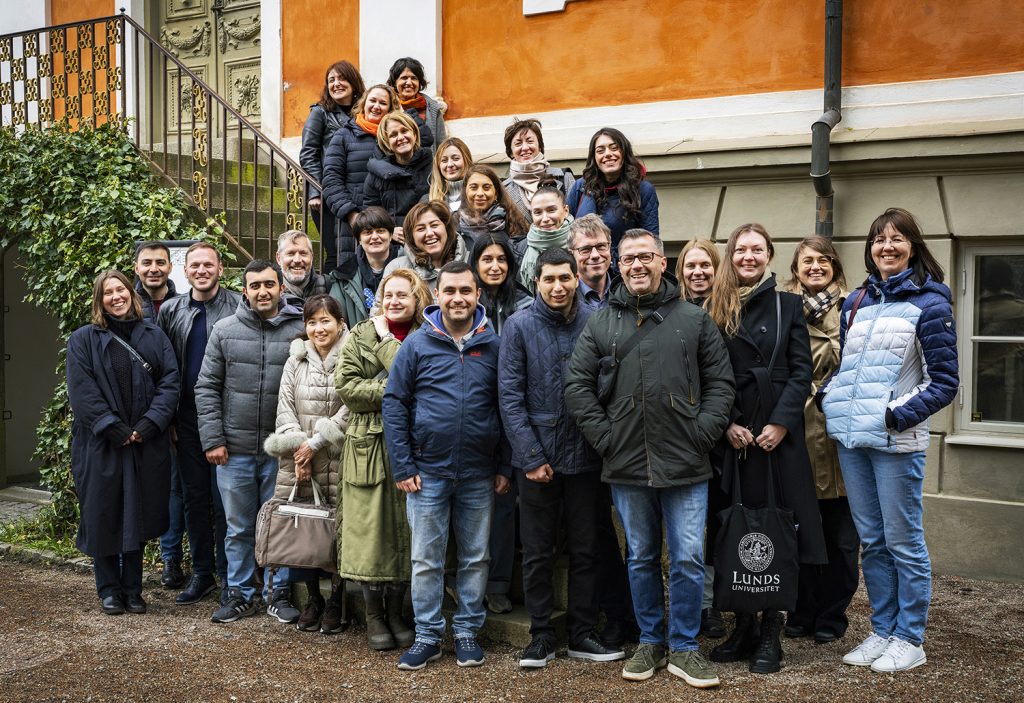
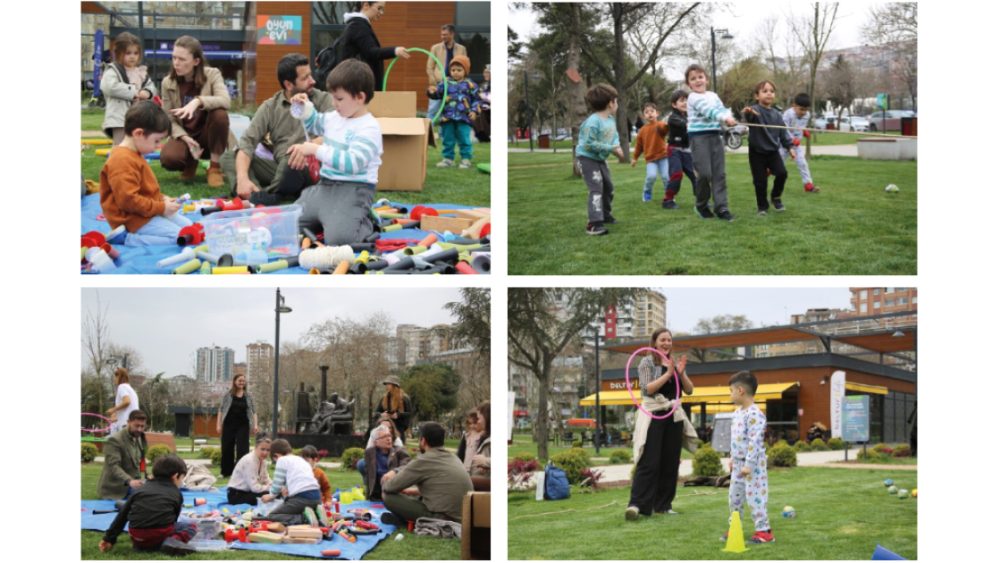
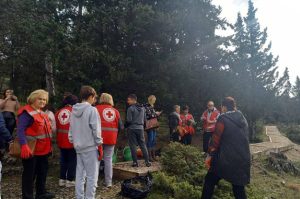
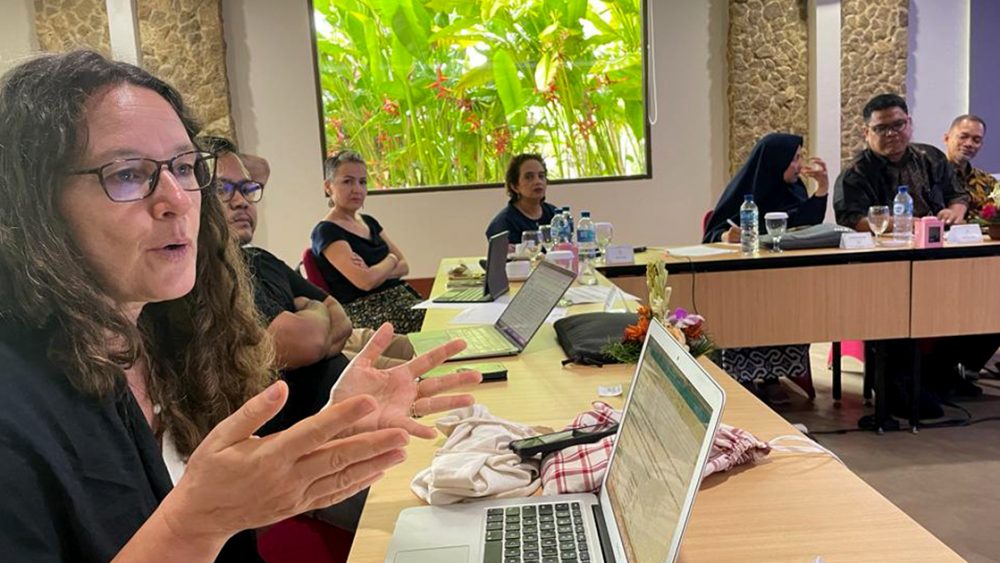
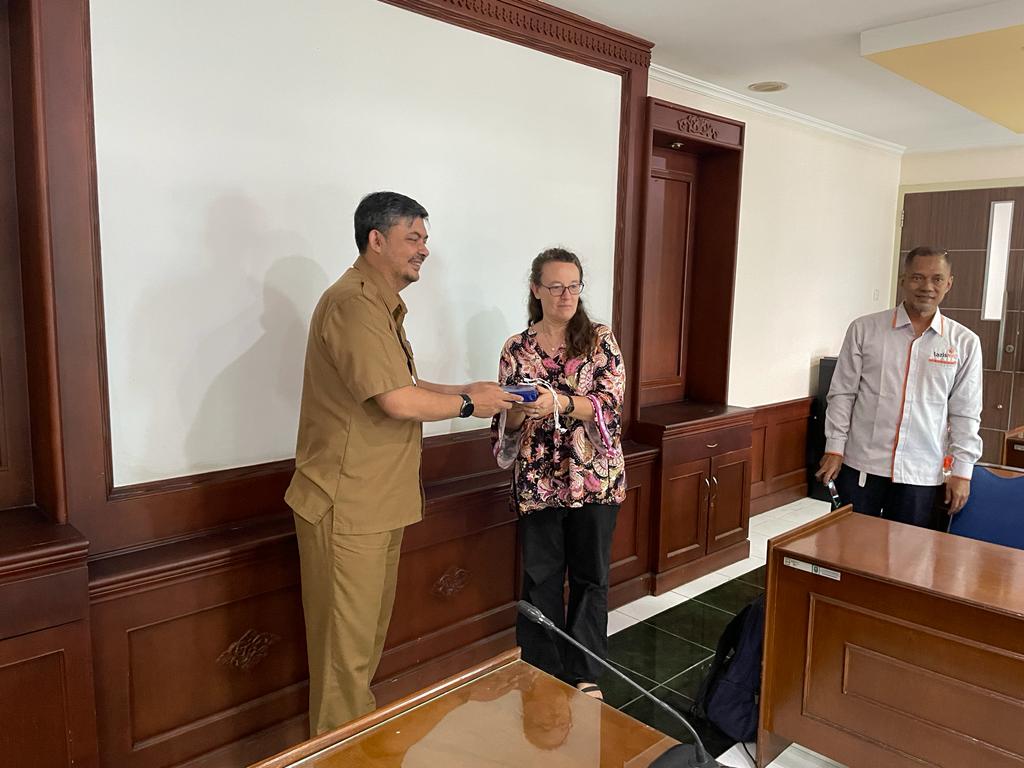
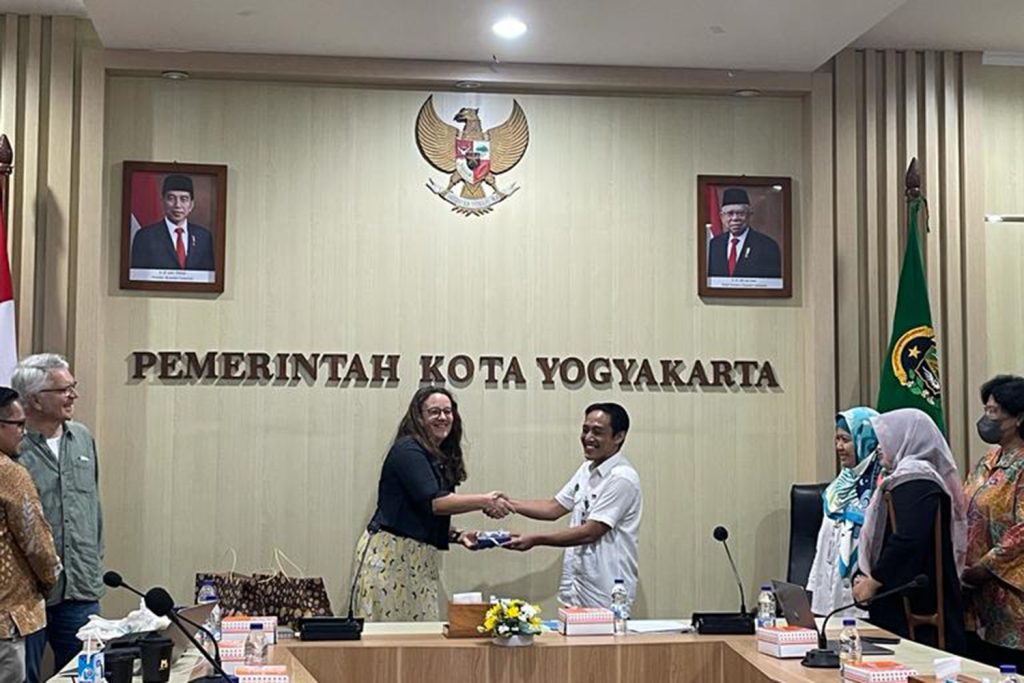
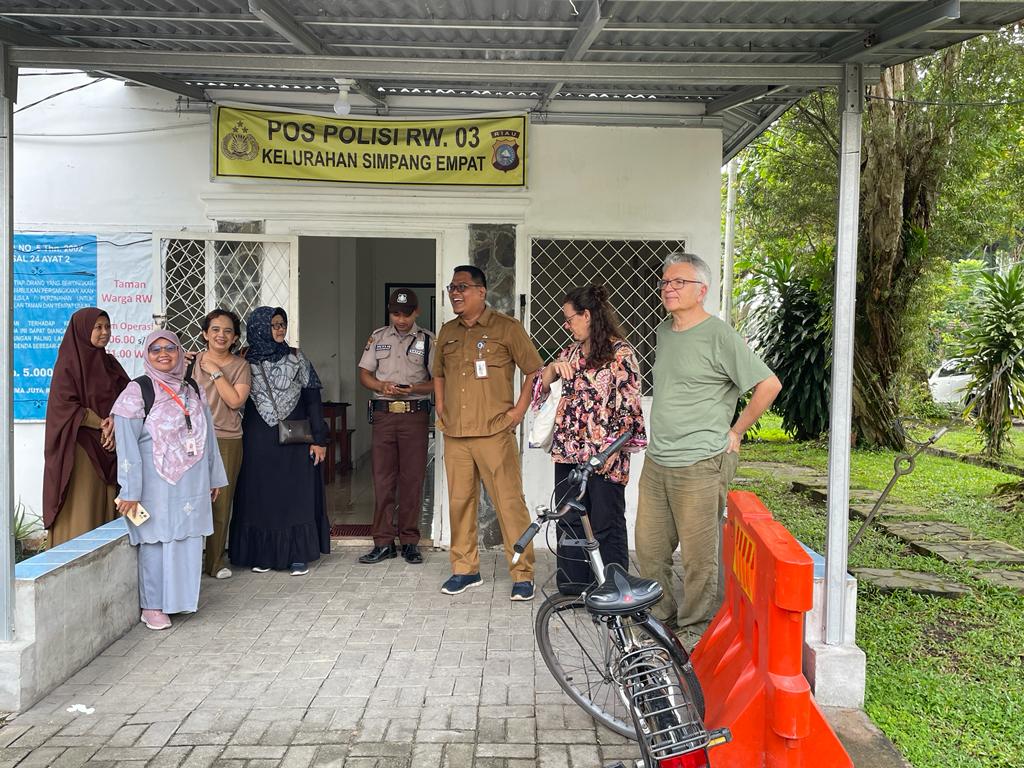
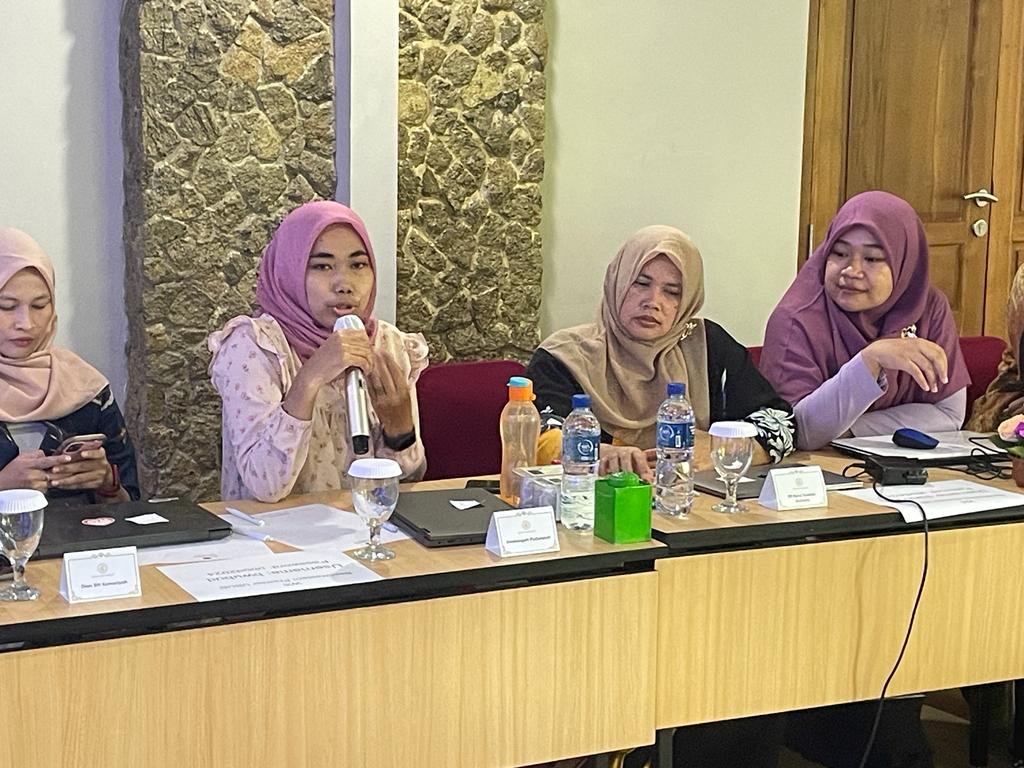
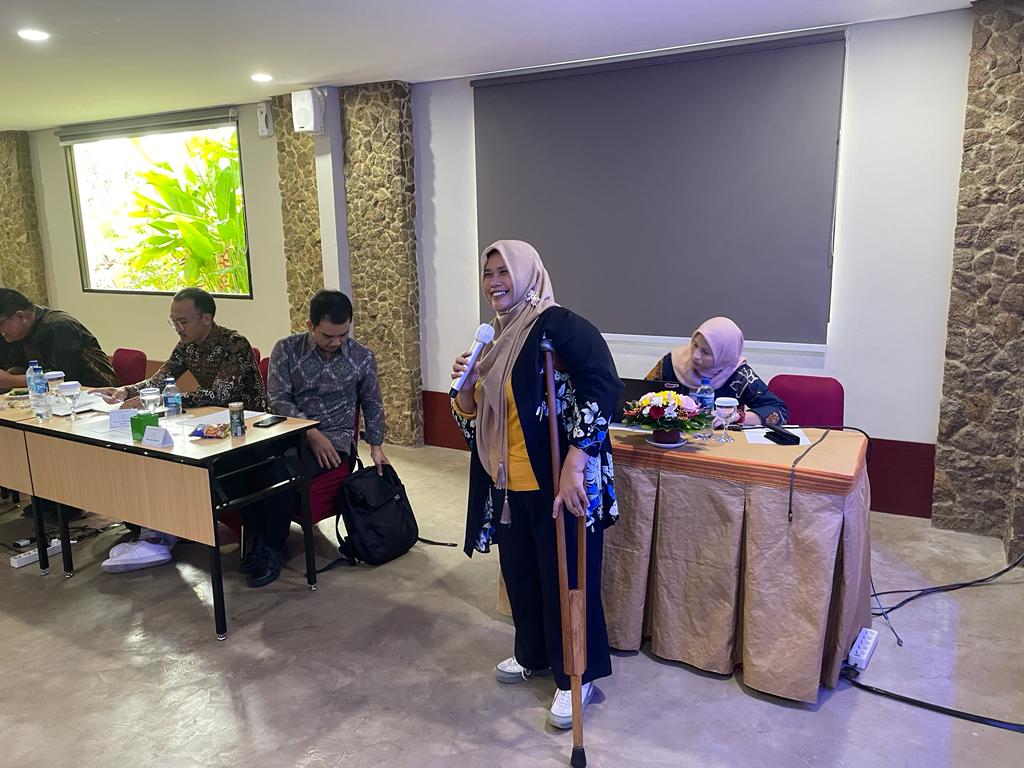
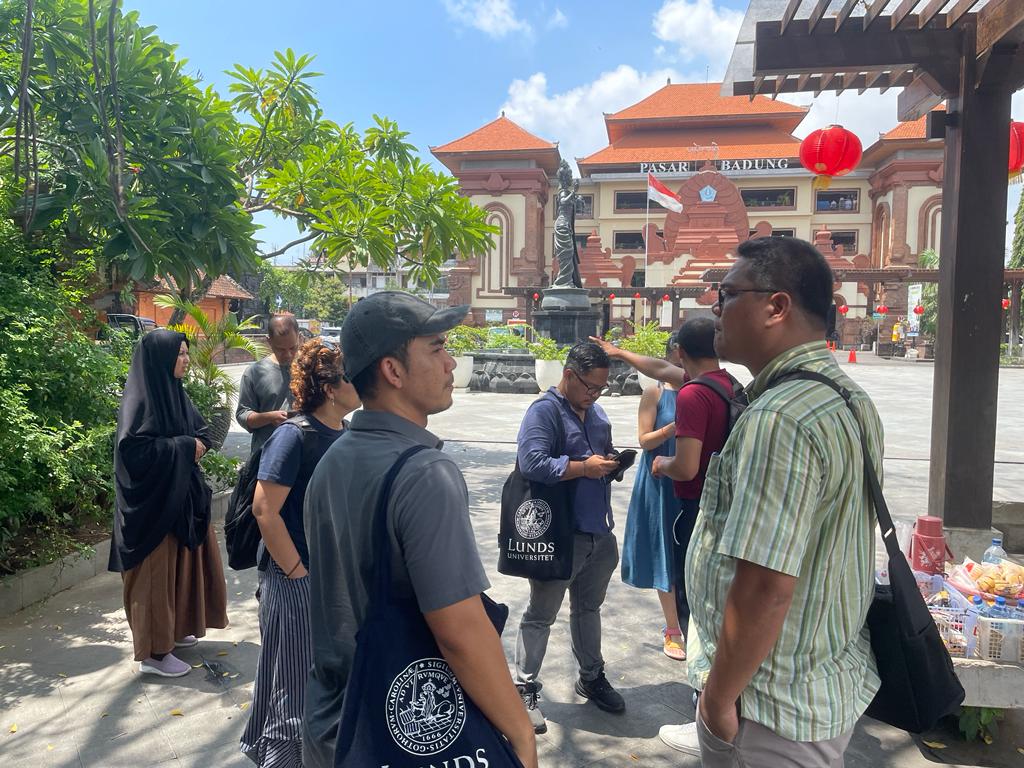
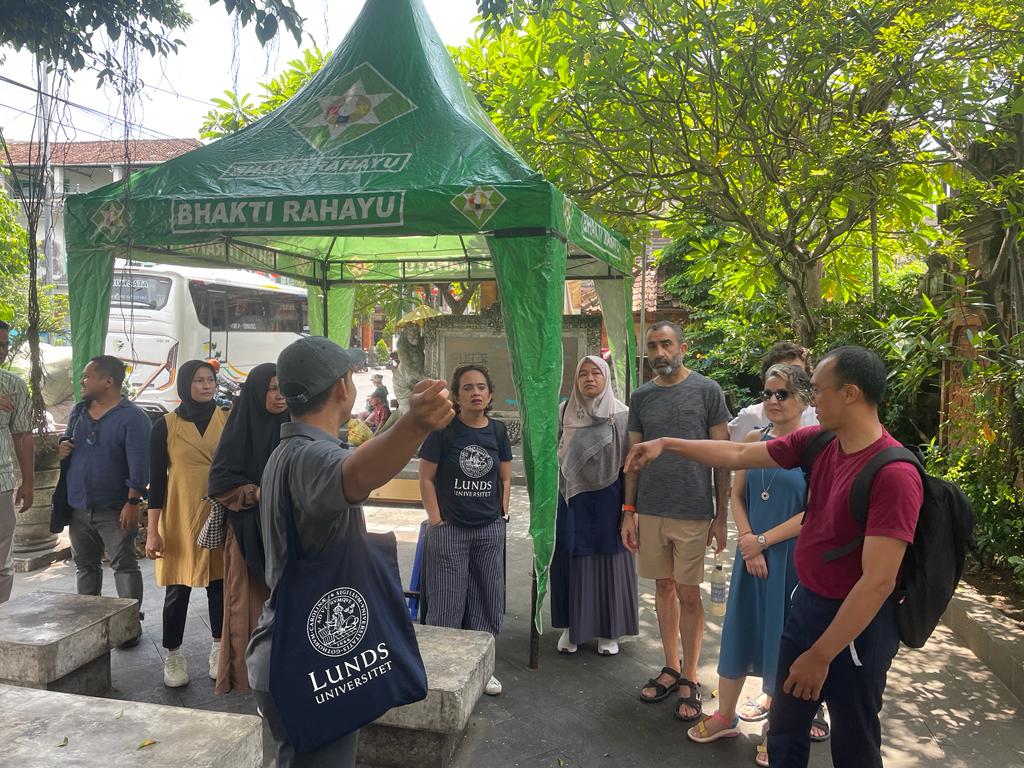
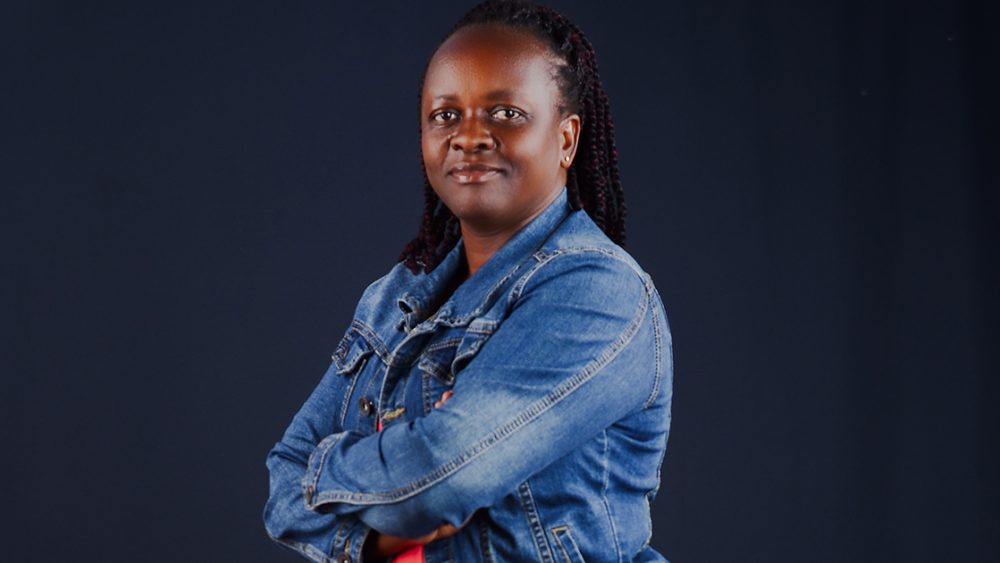
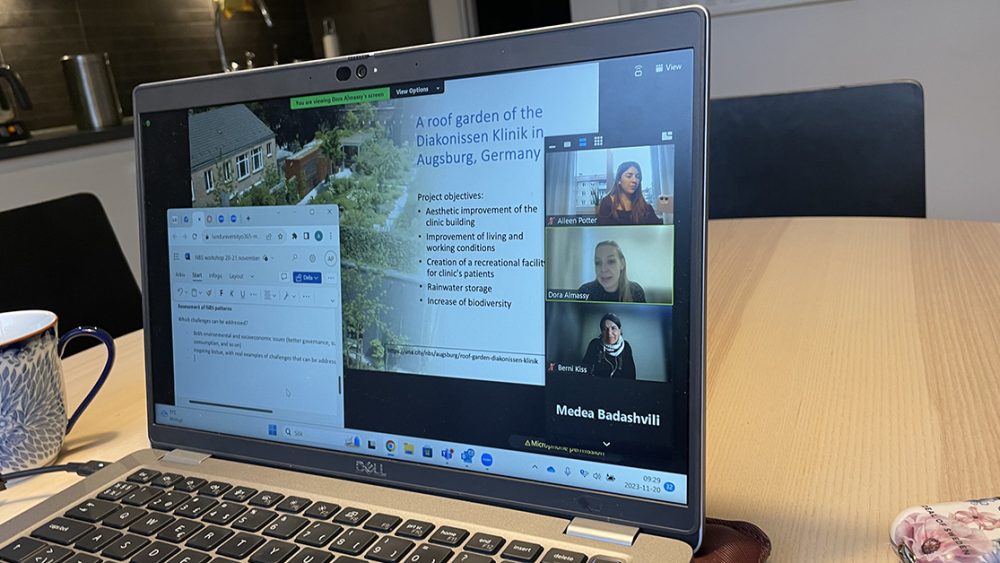
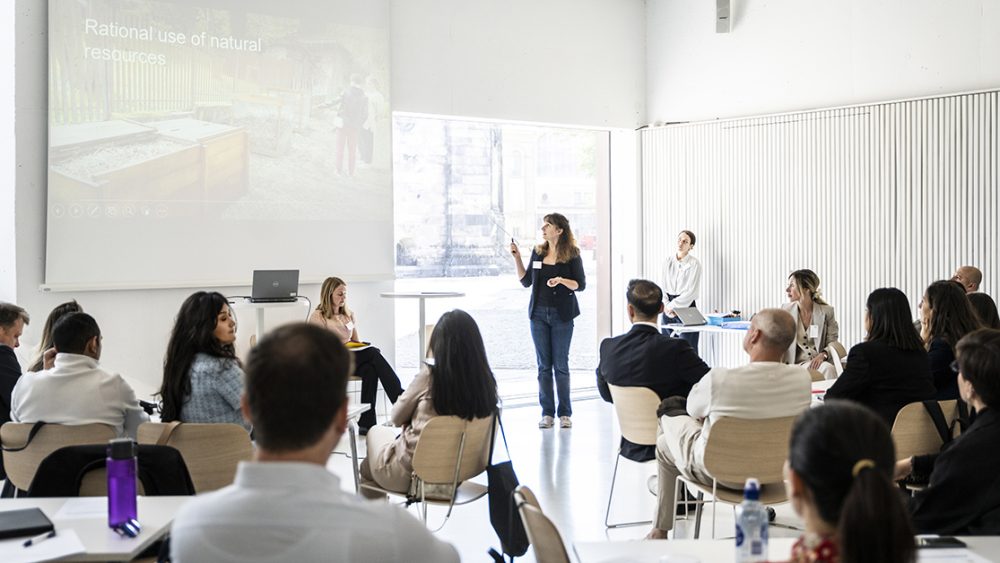
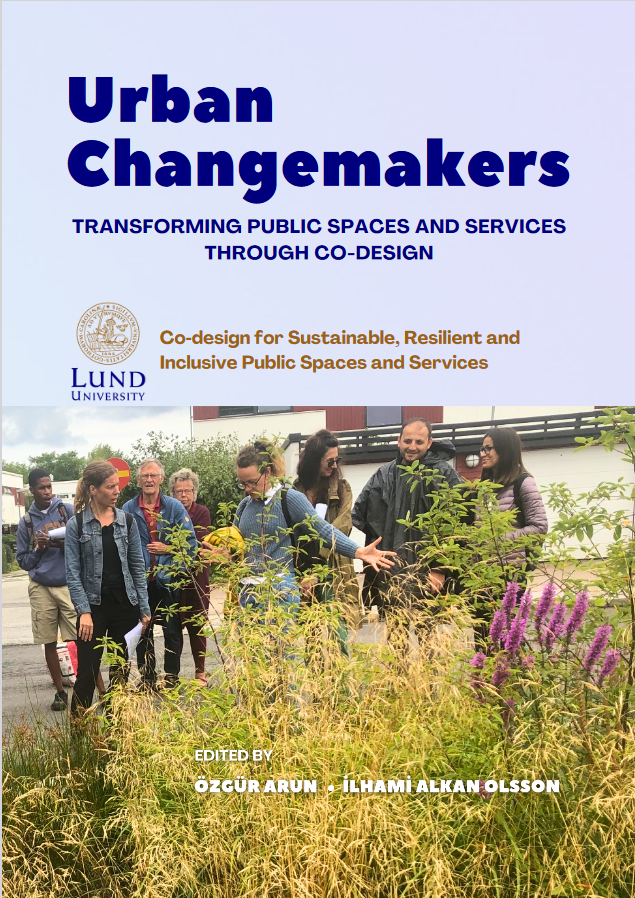
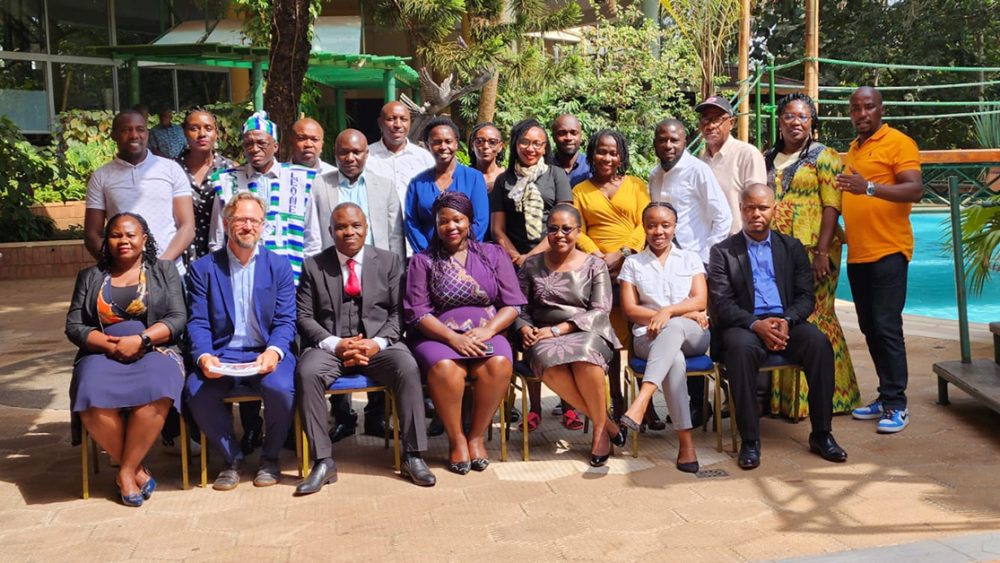
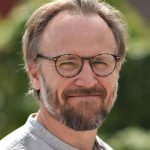
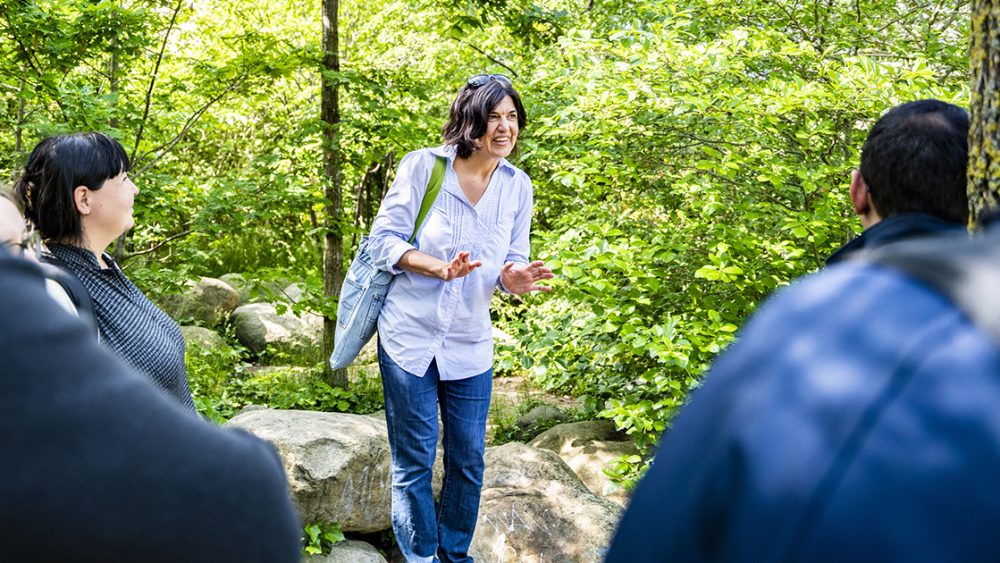
Comments